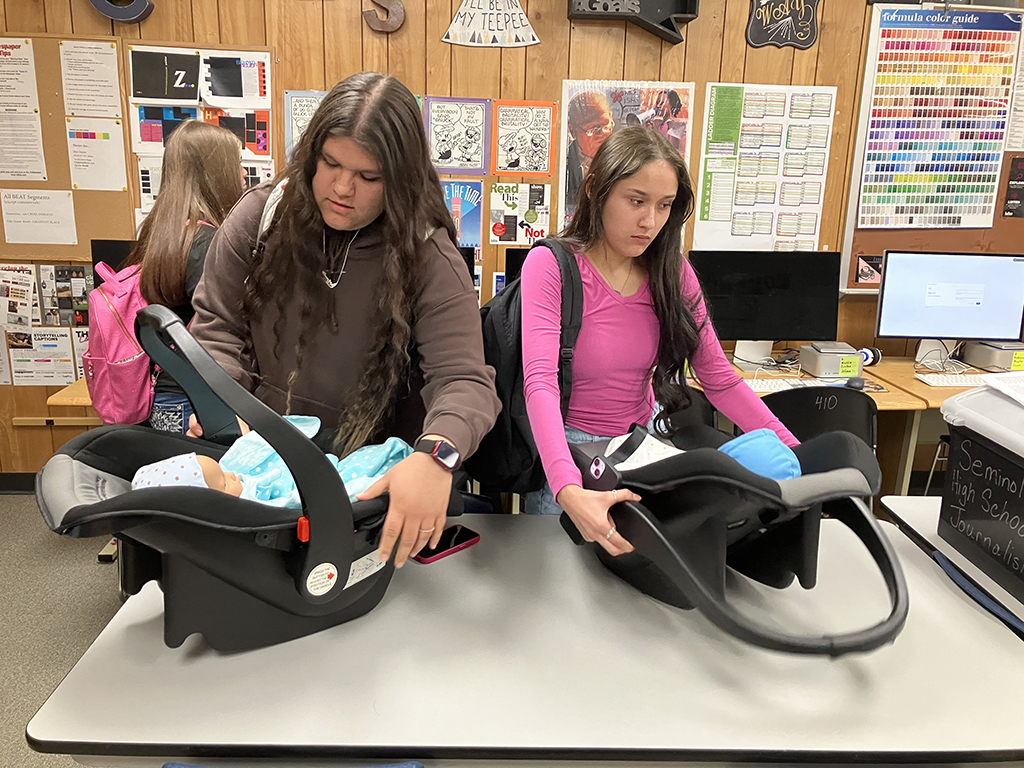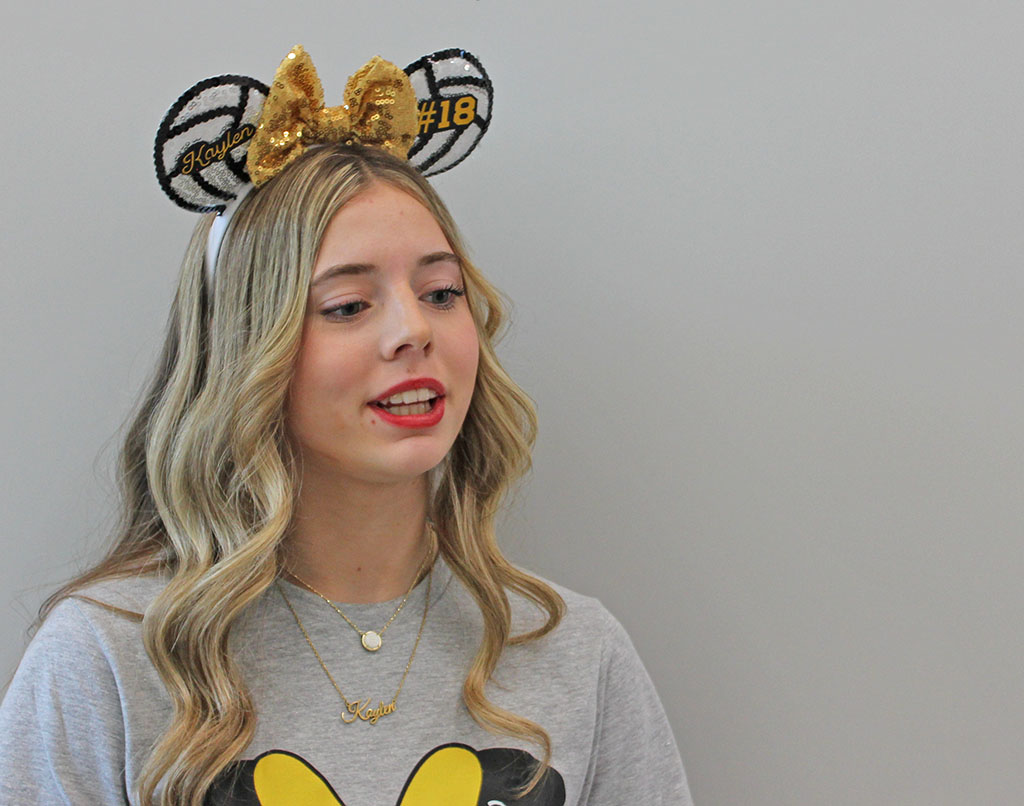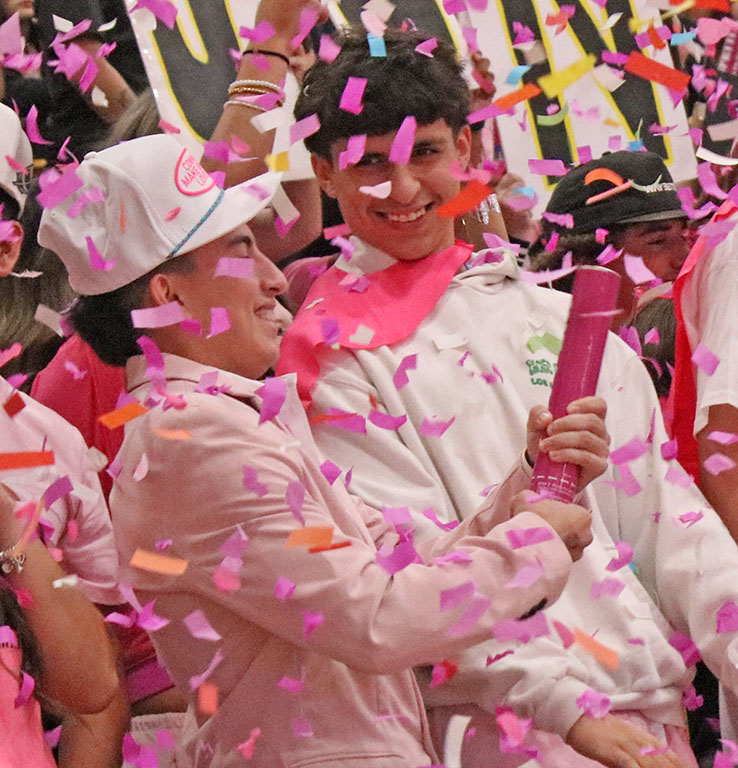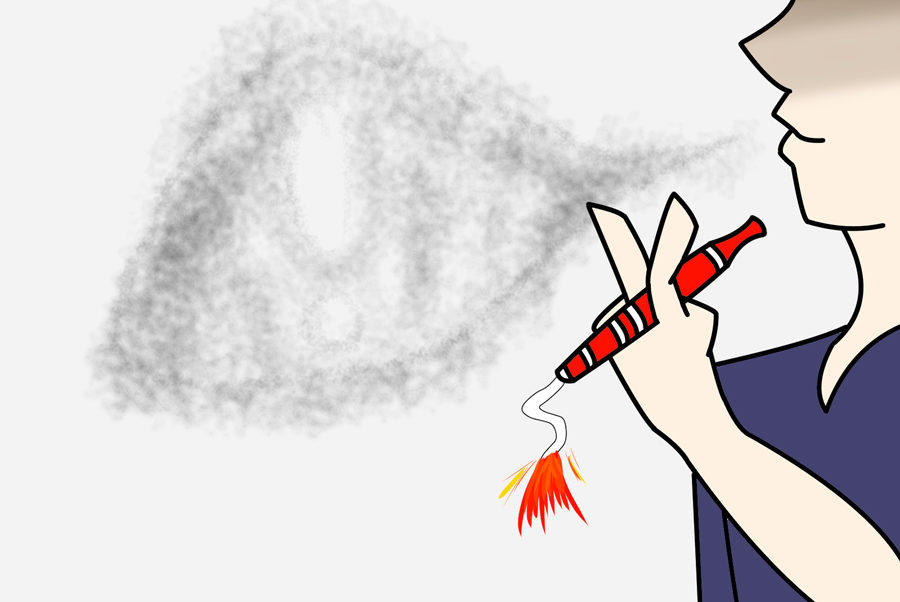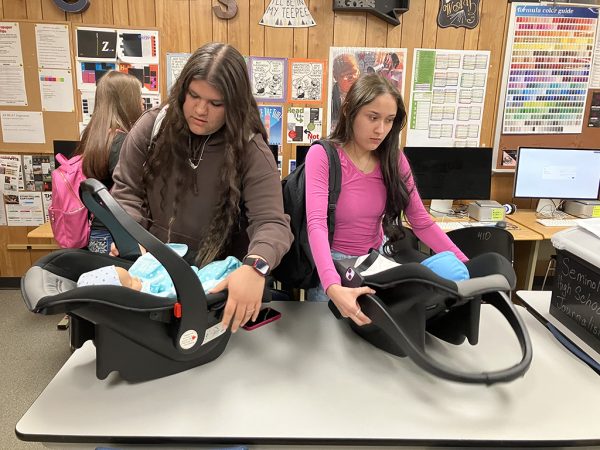As vaping grows in popularity, so do risks
In the past year alone, usage among high school students has increased 78%

It could look as innocent a simple thumb drive, and if a teacher wasn’t paying attention, it could turn into a secret habit right in the classroom.
In the last year, teen vaping use has skyrocketed.
“It could become a detrimental habit,” physics teacher John Carl said. “People have a tendency to jump from that to something else dangerous, especially if they’re underage.”
According to the Food and Drug Administration Center for Tobacco Products, E-cigarettes and vapes are the most commonly used tobacco product among both middle and high school students. From 2017 to 2018, the percentage of high schoolers vaping rose from just under 20 percent to 27.1 percent and from just above 5 percent to 7.2 percent in middle school agees.
“It’s sad to me, that so many little kids have started vaping,” senior Carson Early said. “They’re so little! I didn’t know about this when I was that age. I have a little brother in junior high, and if I found out that he’s vaping I would be really mad and upset.”
The effects of vaping on any brain–especially teen ones–go beyond that of inhaling chemicals. Nicotine exposure during the teen years can disrupt normal development. The same study done by the FDA CTP said that some effects are long lasting, like increased impulsivity and mood disorders.
“I didn’t think vaping would be so similar to cigarettes,” sophomore Rani Allain said. “It’s helpful to know that nicotine can cause mood disorders because my mom smokes. I’ve been exposed to it my whole life.”
These devices were originally intended to help people stop smoking cigarettes.
“Vaping use in teens has become a big problem,” school nurse Cheryl Houston said. “Since it was made to help you quit smoking, there hasn’t been a whole lot of research into the effects. They’re just now learning about the complications and how high the actual concentration of nicotine is. They’re finding out that some of them have way too much nicotine.”
Part of the appeal of vapes is the flavor and the smell. They do not smell as strongly as regular cigarettes. A common misconception about vapes is that they are only flavoring and water vapor. These flavors come from harmful chemicals. While it is safe to inject these chemicals through food, inhaling them can harm the lungs. Some buttery-flavored vapes like caramel contain diacetyl and acetoin. Inhaling diacetyl can lead to popcorn lung, a lung disease without a cure.
“Some kids do it more because of the smell,” Houston said. “The oils that they use don’t seep into your clothing as much as cigarette smoke, but they’re really bad for you. Inhalation is the fastest way something enters the body. It gets to the brain faster.”







